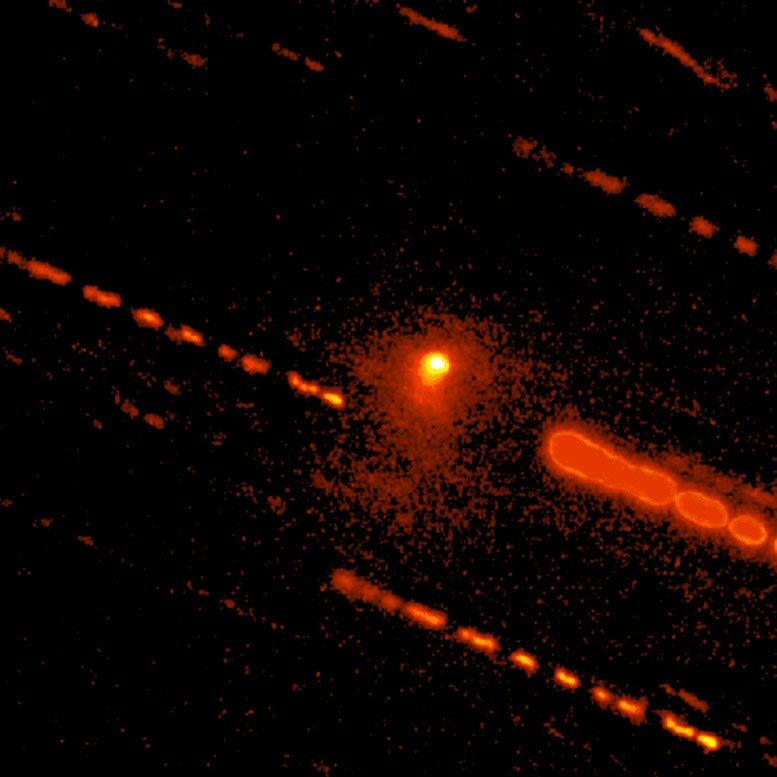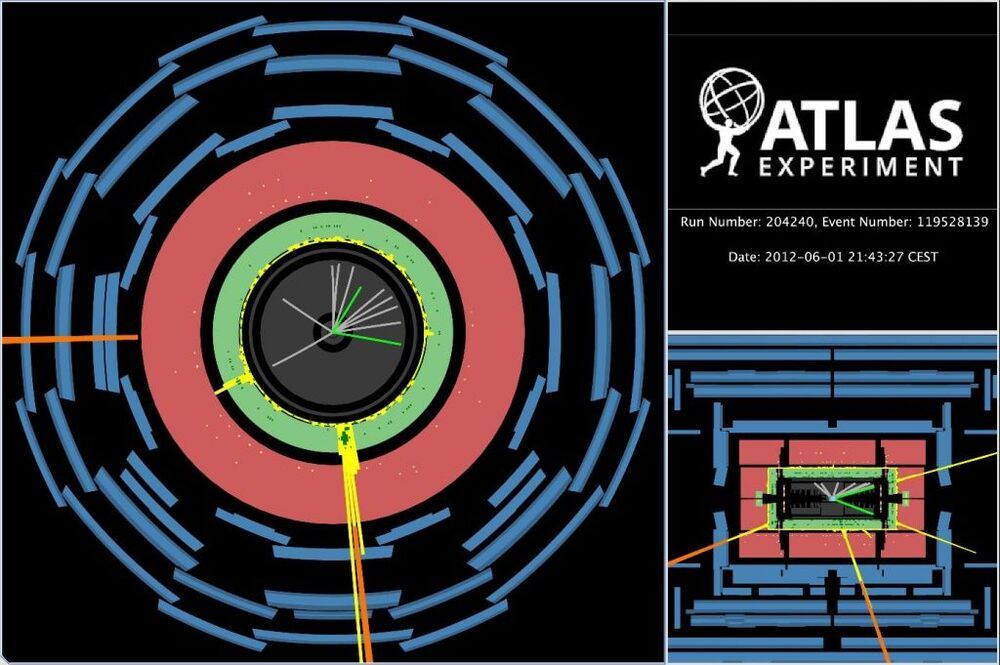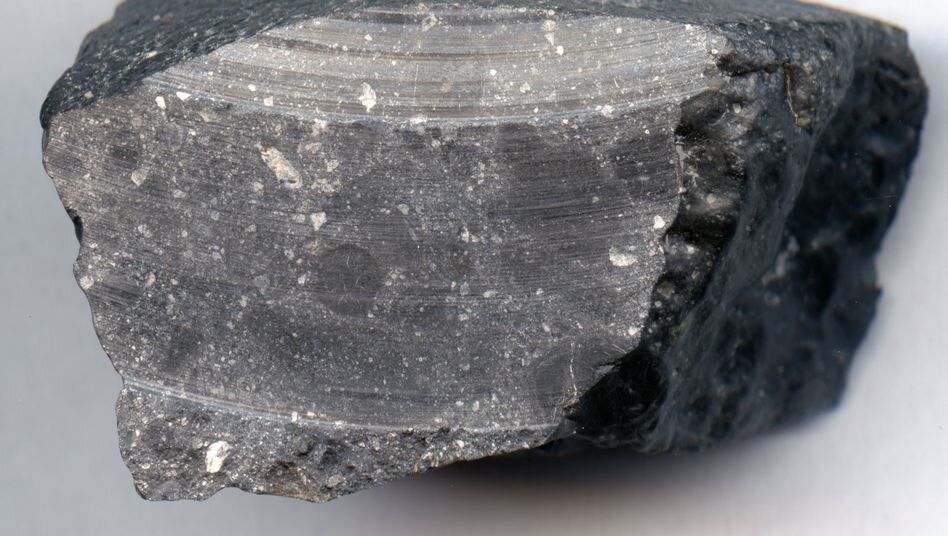Nov 7, 2020
Starlink Beta Faster Than Expected | The State of Science
Posted by TJ Yoo in categories: economics, internet, science, space
Last week, SpaceX has launched the Beta for its Starlink internet program. This space-based internet is turning out to be faster than expected, thus having the potential to give many people around the world opportunities to do things that their socio-economic situations would have never allowed them to have.
Here is the petition link: https://www.change.org/p/save-vital-industries-call-for-subs…satellites
Discord Link: https://discord.gg/brYJDEr
Patreon link: https://www.patreon.com/TheFuturistTom
Please follow our instagram at: https://www.instagram.com/the_futurist_tom/
For business inquires, please contact [email protected]


















